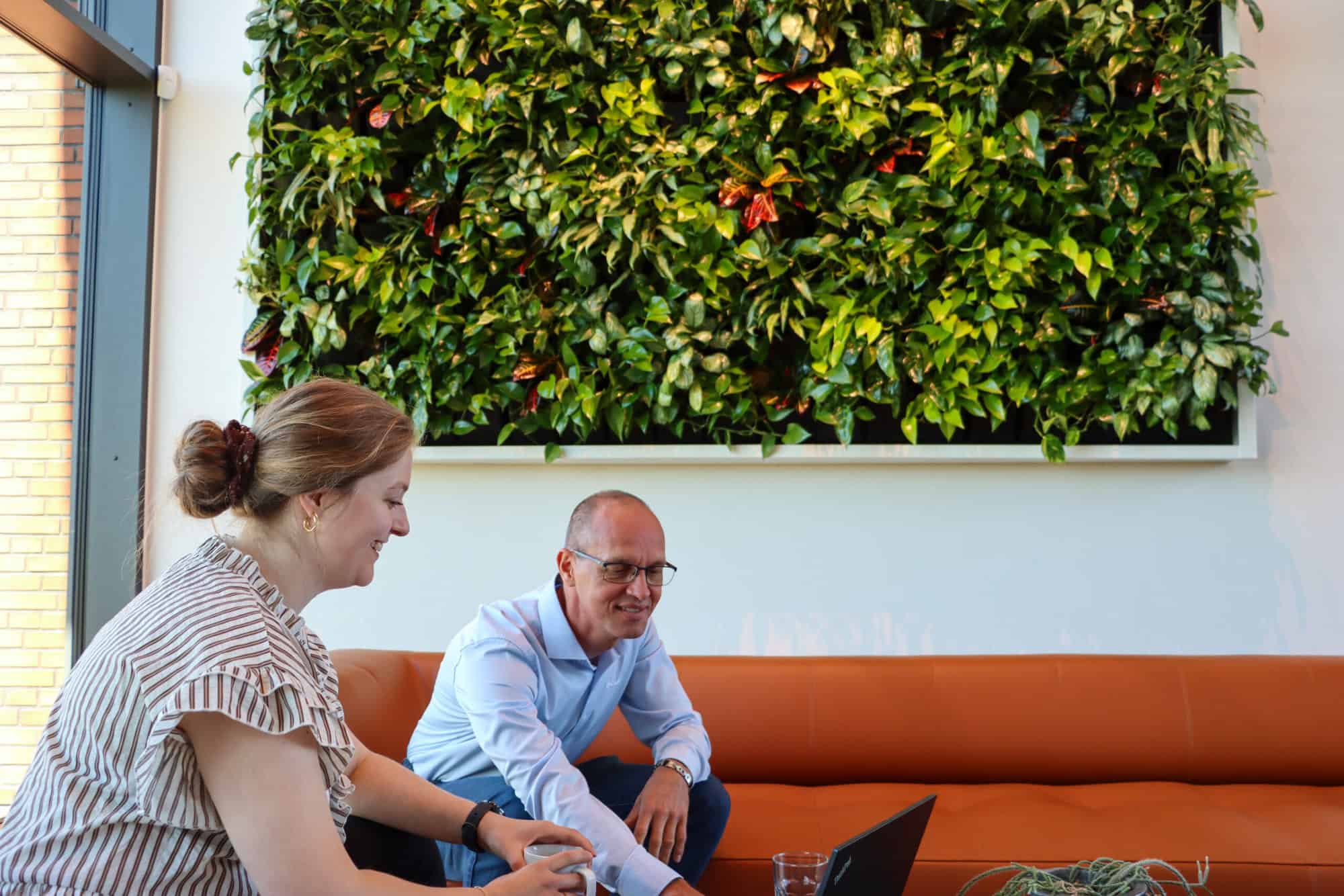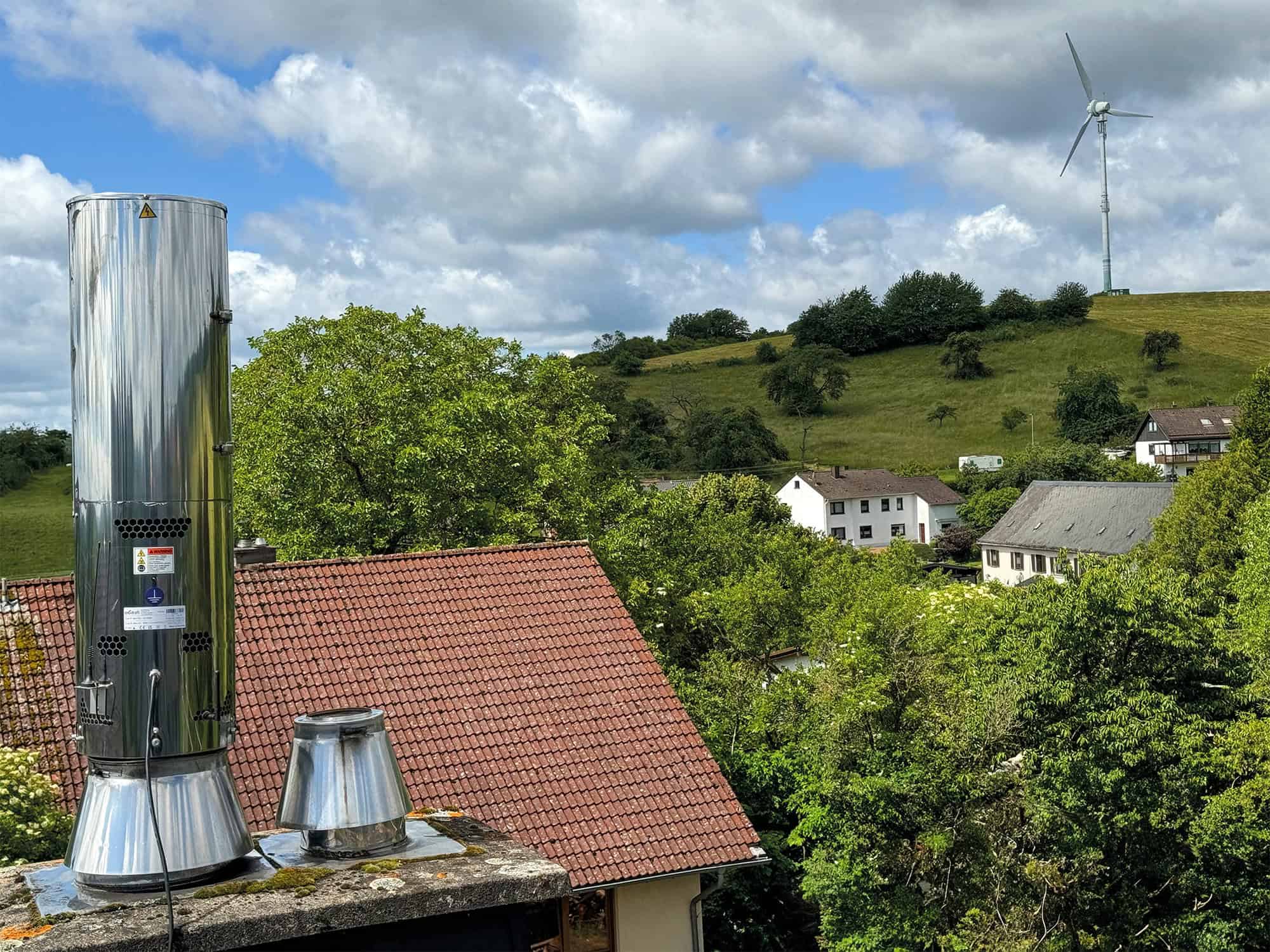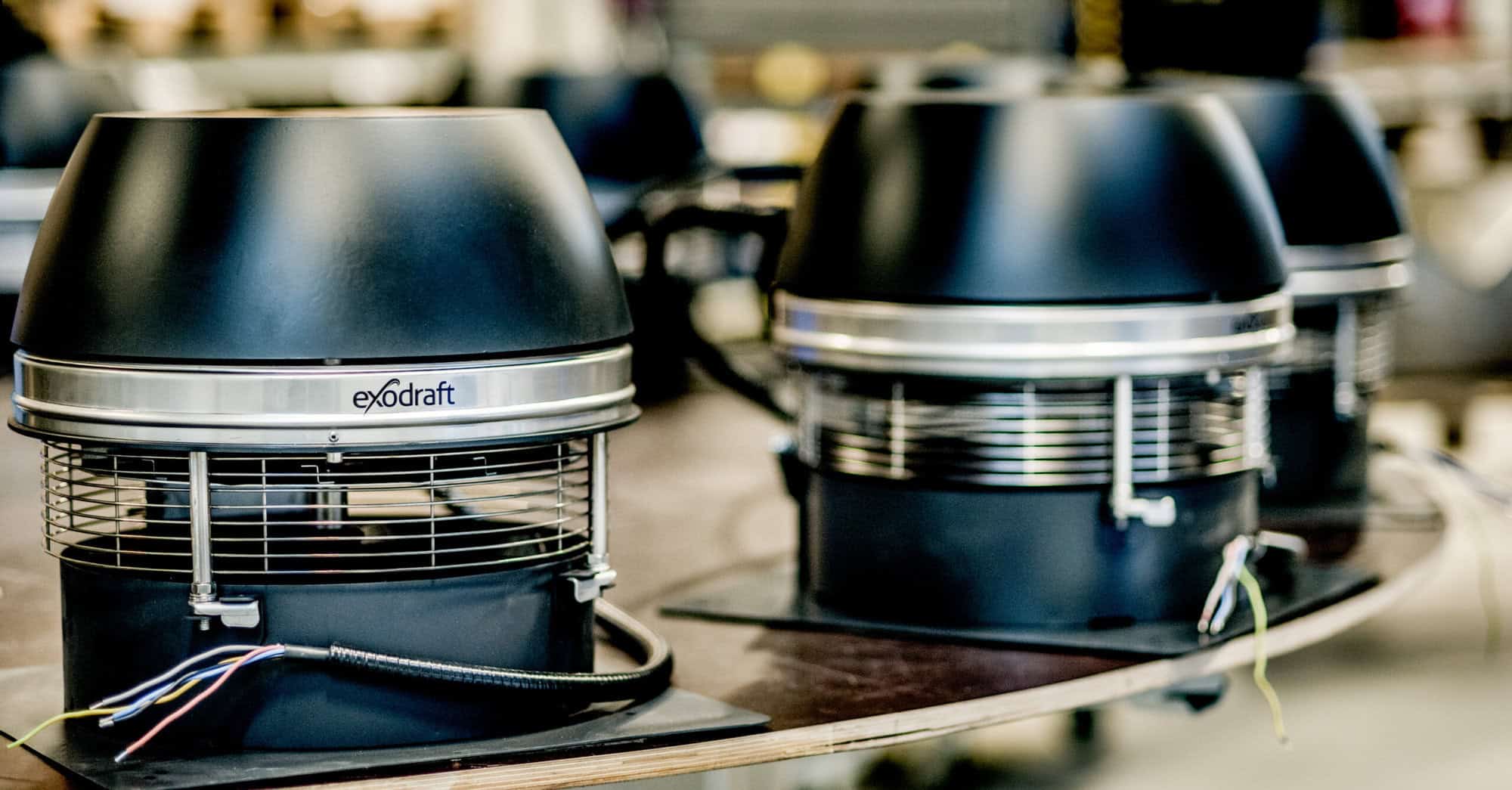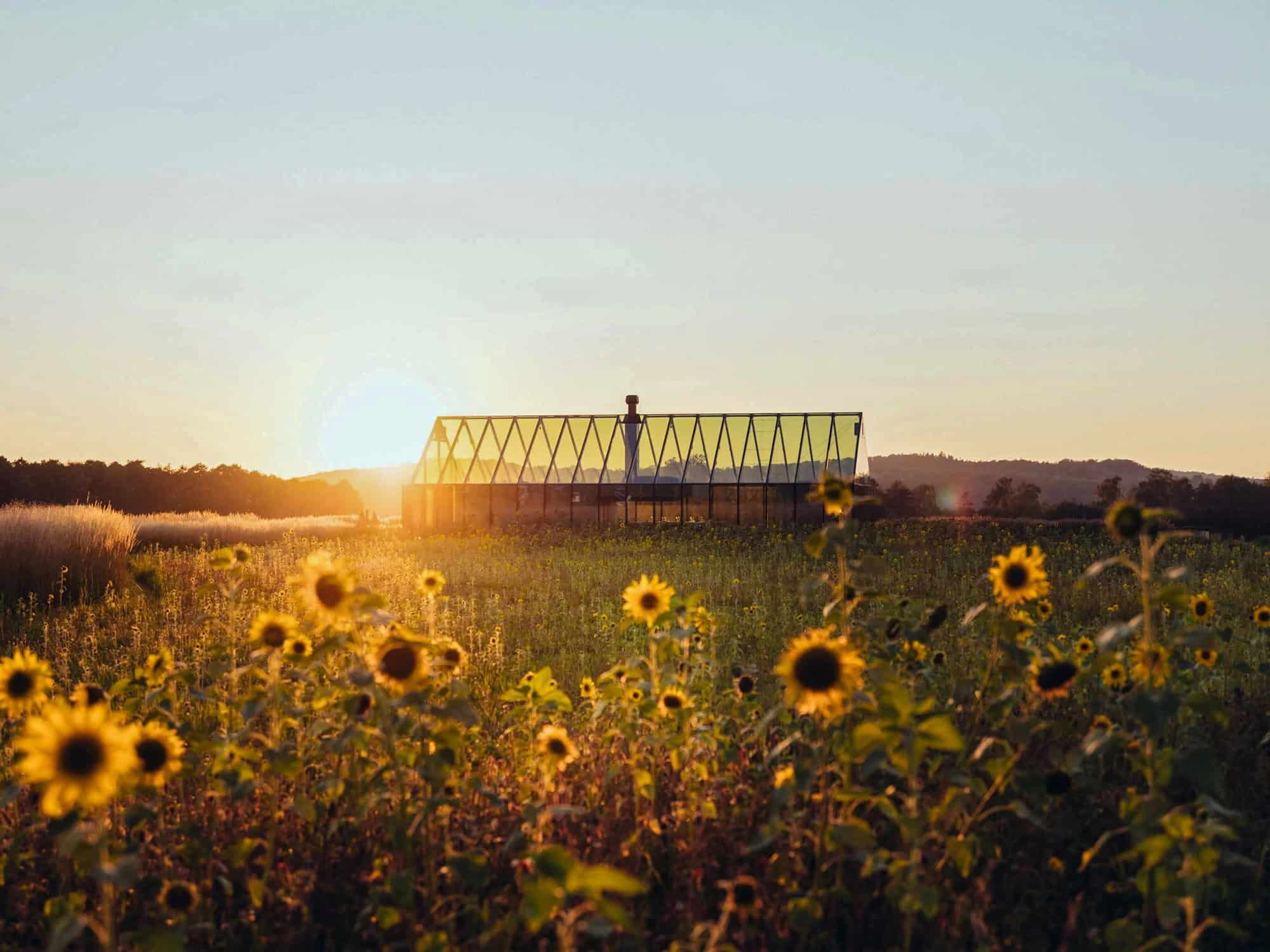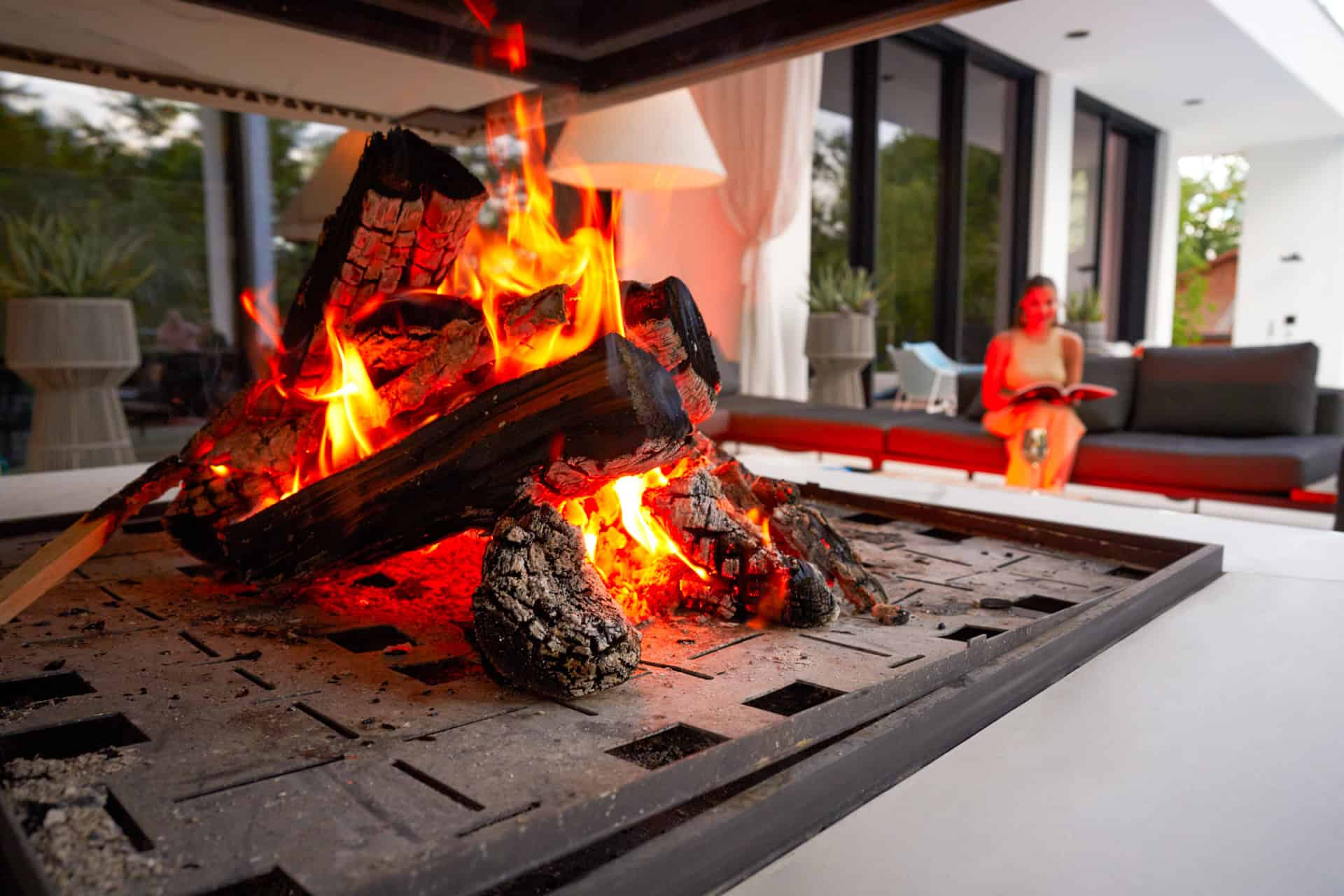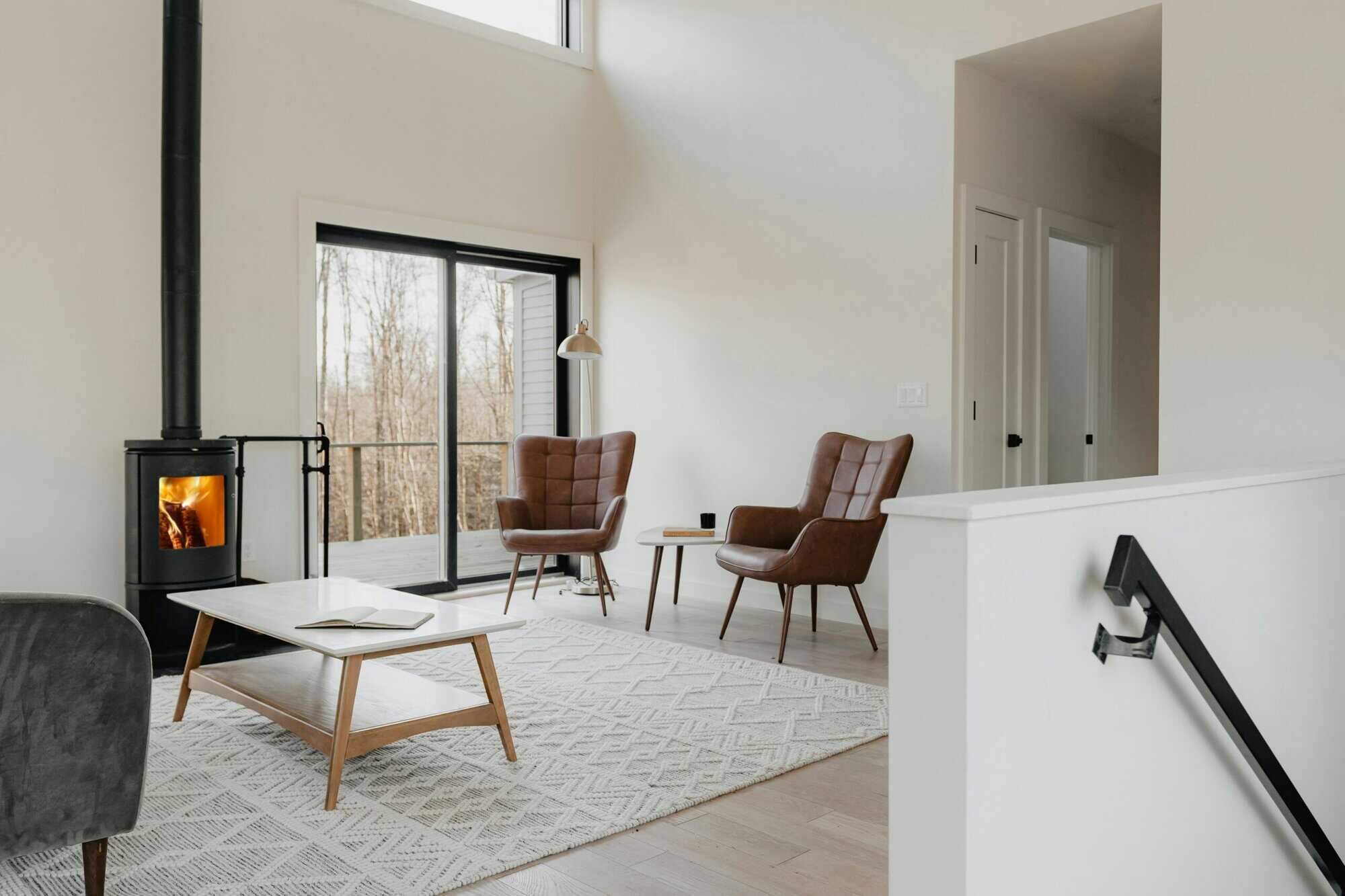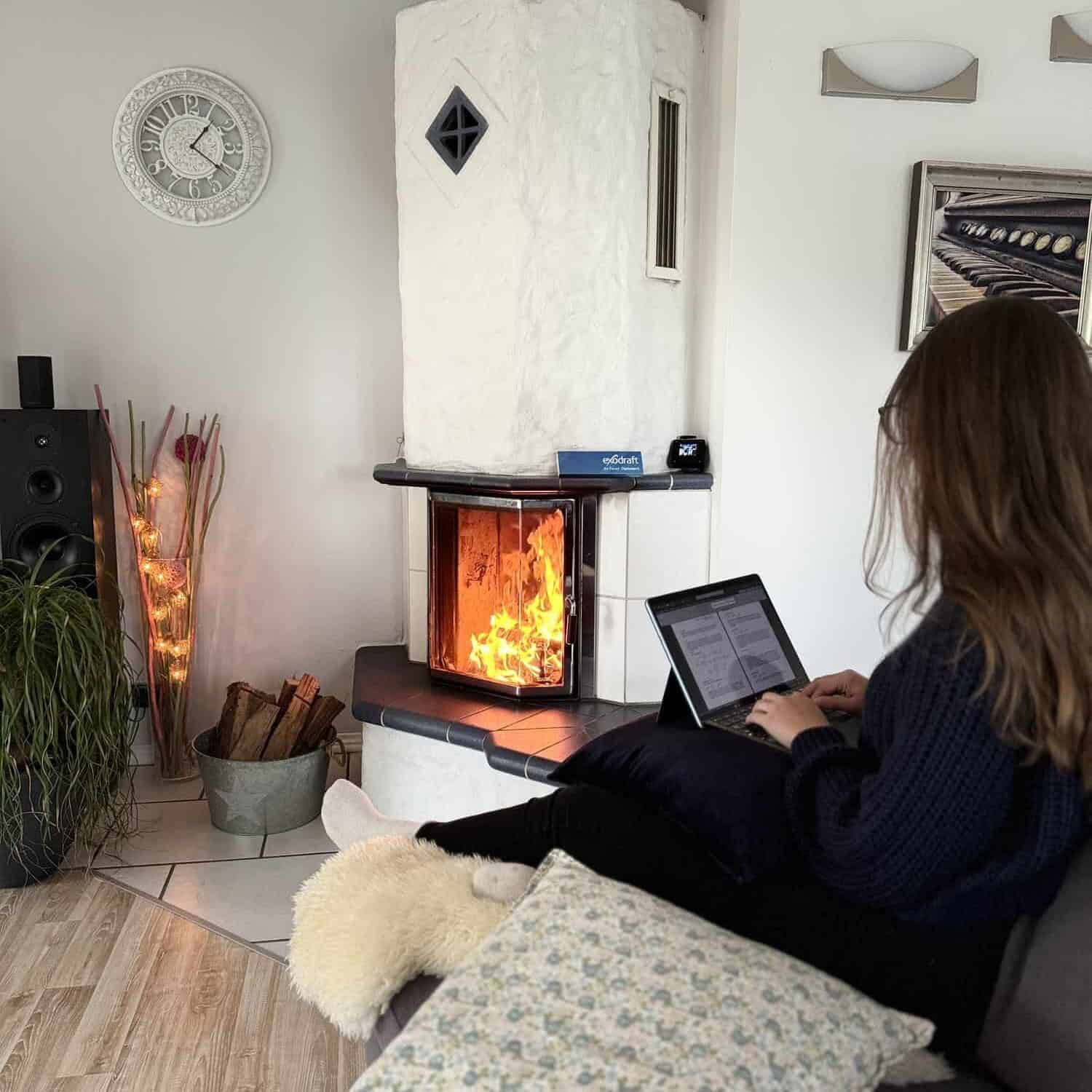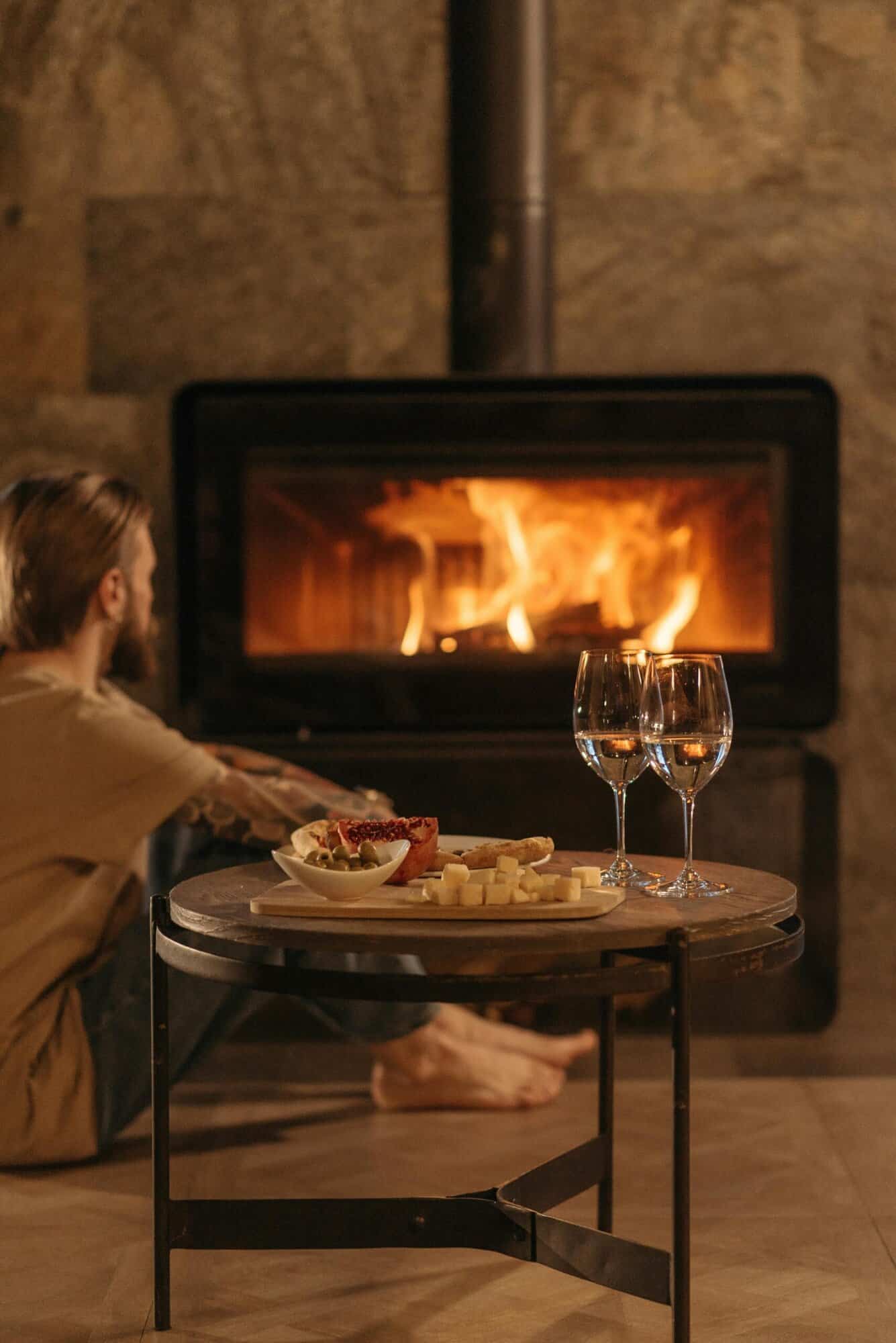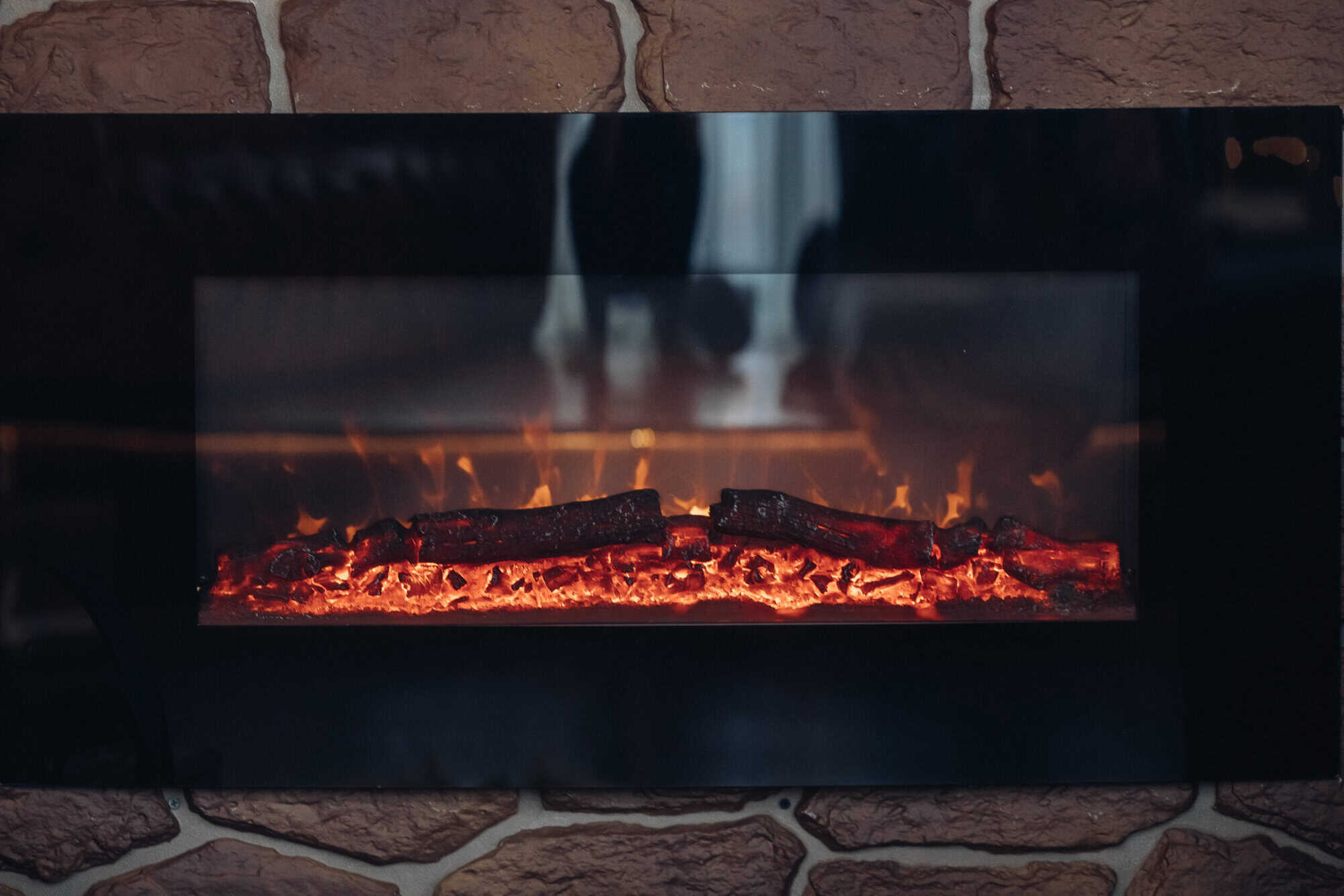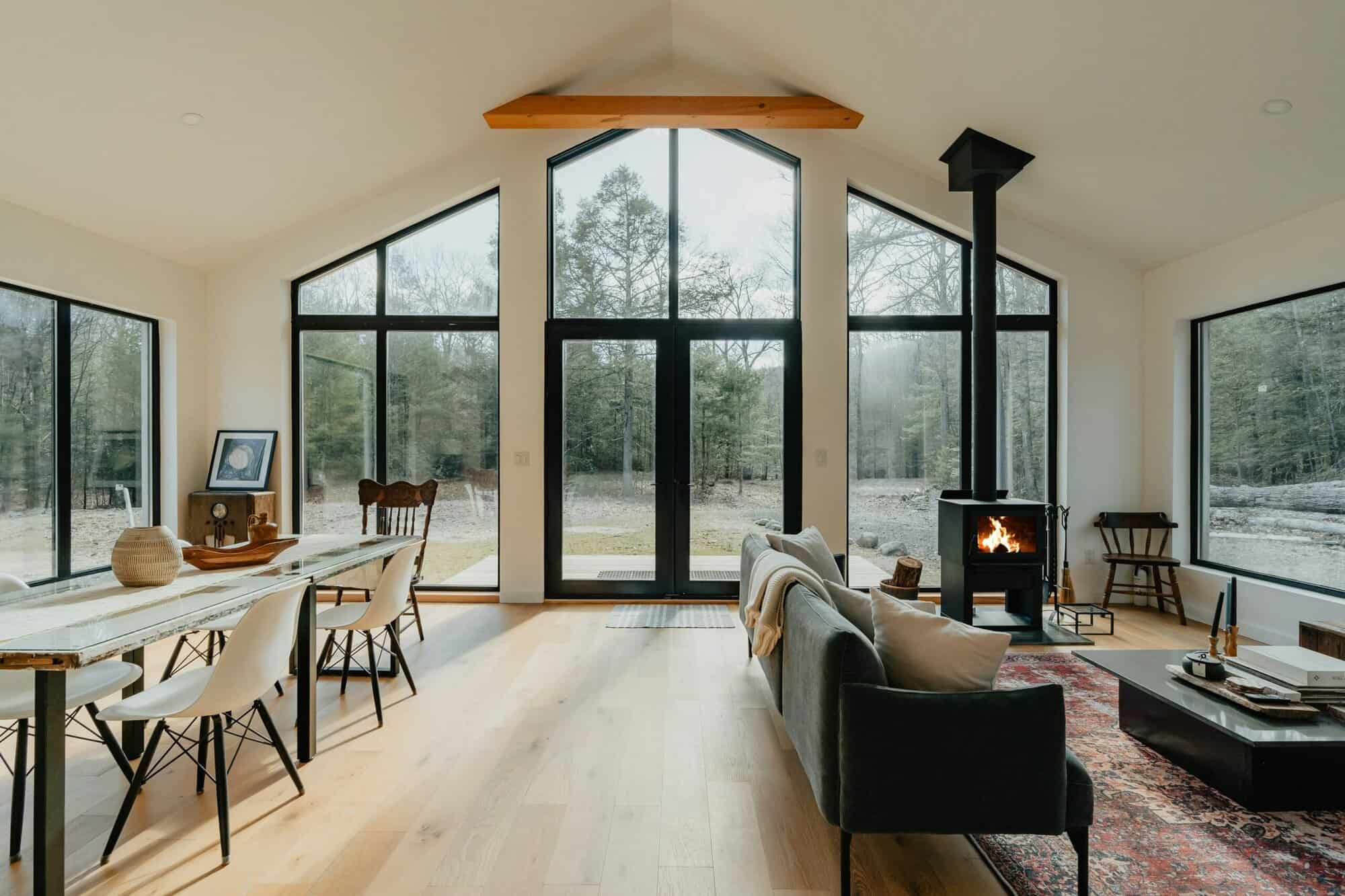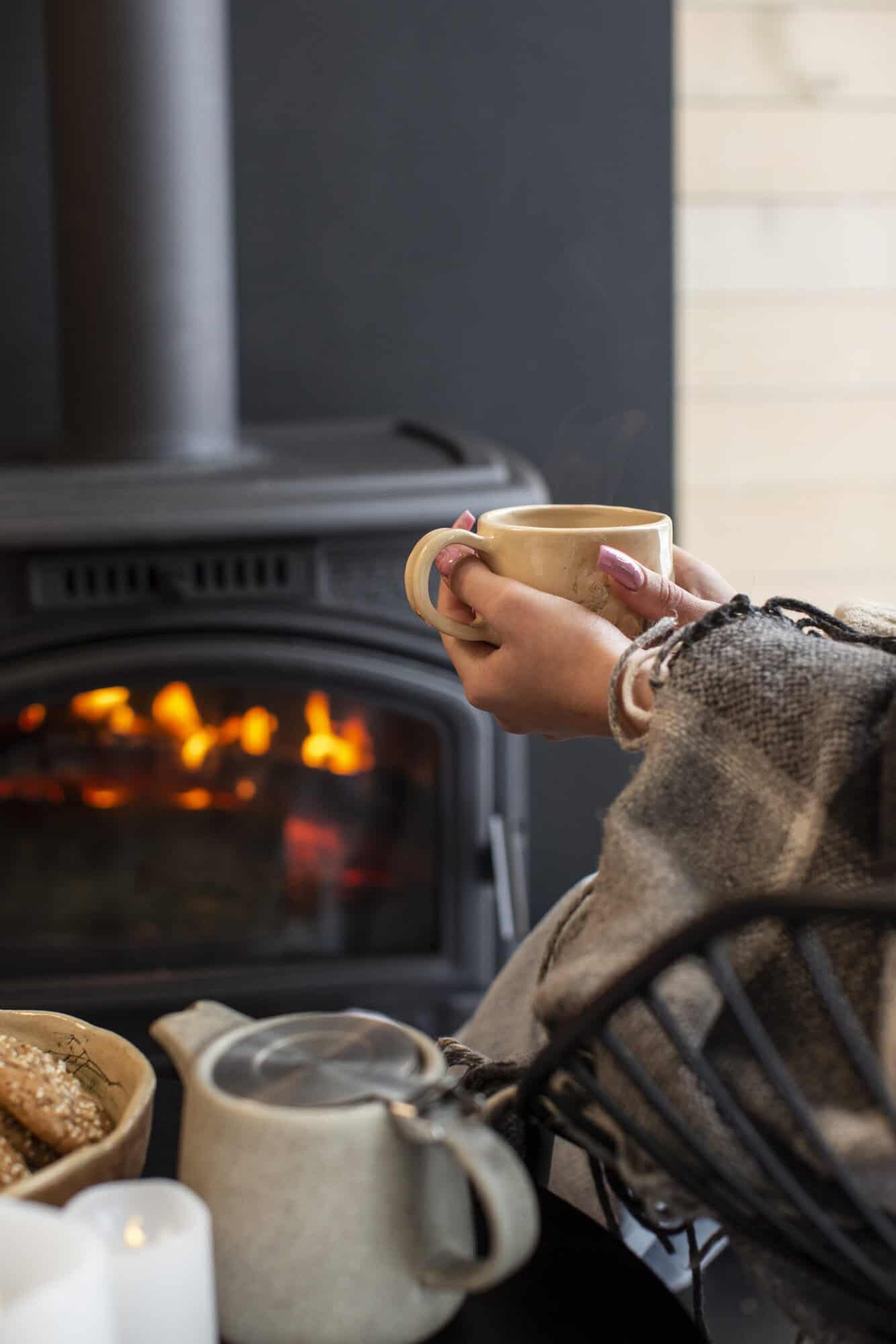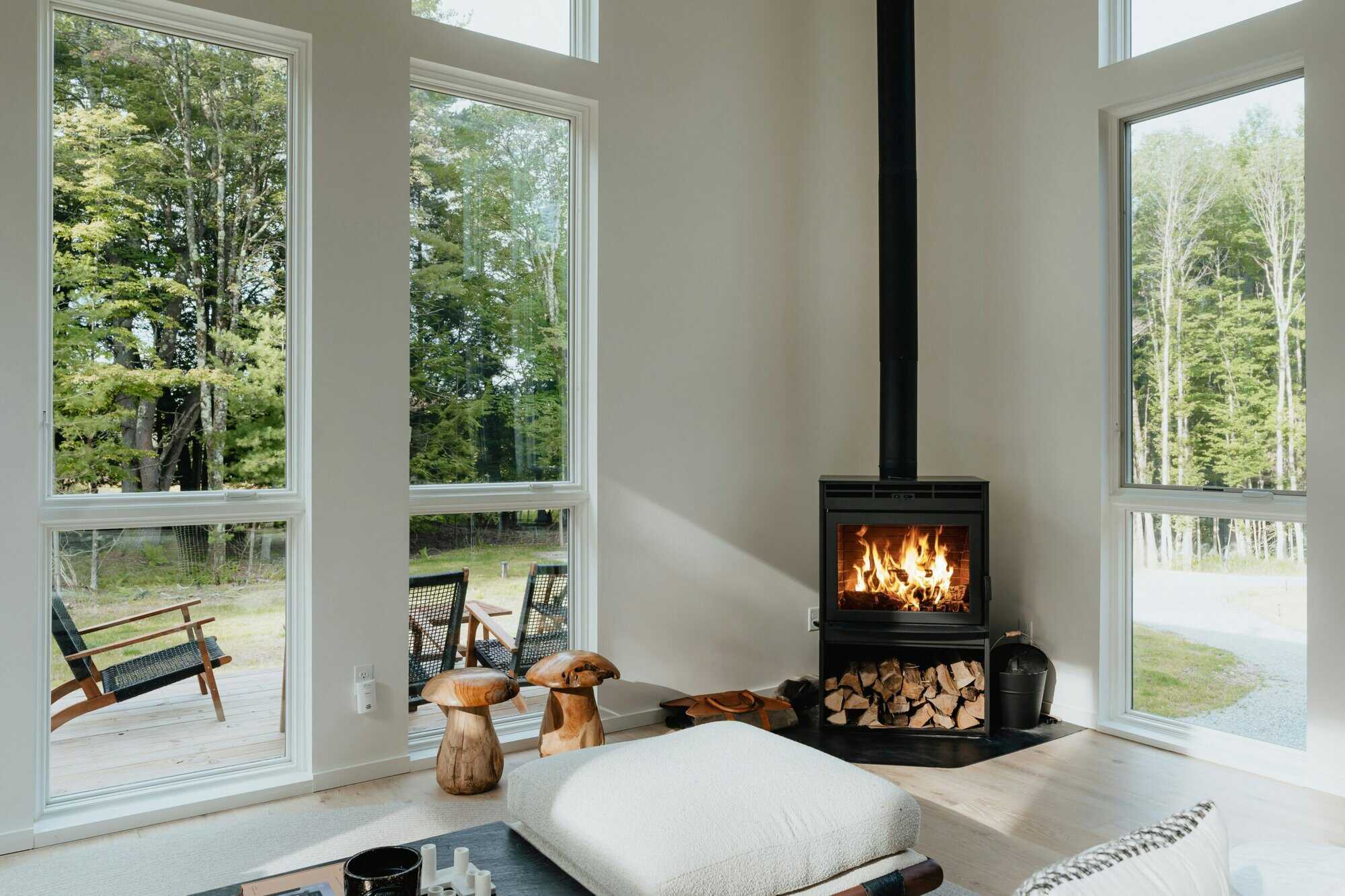Article
26. juni 2025 · 6 min
Which Wood Should You Not Burn?
Not all wood is safe to burn — learn which types to avoid, like treated, wet, or resinous logs, and how to reduce emissions with chimney fans, filters, and proper fuel for cleaner, safer heating.
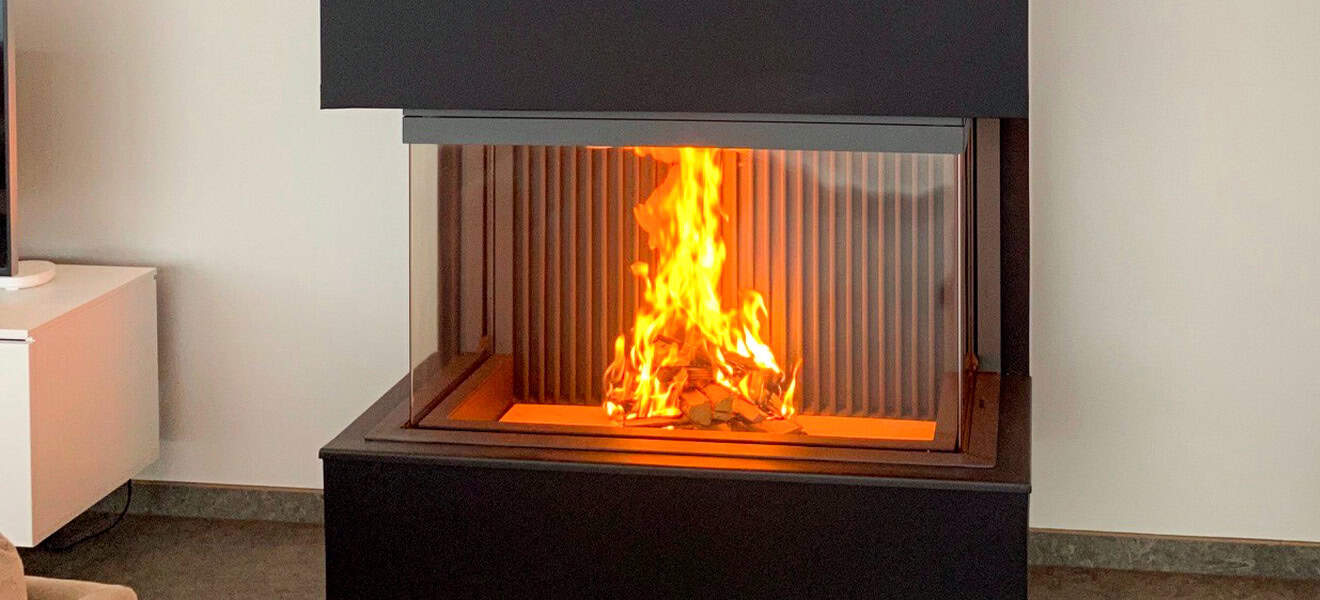
Burning wood might seem simple, but not all wood is safe to use in a stove or fireplace. The type of wood you burn has a huge impact on air quality, stove efficiency, and long-term maintenance. Using the wrong wood can lead to excess smoke, harmful emissions, and even damage to your heating system.
Many homeowners unknowingly burn treated, wet, or resinous wood, not realising that these types of fuel increase pollution and create dangerous byproducts. In this article, we’ll explore which types of wood should never be burned, the risks they pose, and how to ensure a cleaner, more efficient wood-burning experience.
Why Does Wood Type Matter When Burning?
The type of wood you burn affects heat output, emissions, and the longevity of your stove and chimney. While dry, untreated hardwood burns efficiently and cleanly, the wrong kind of wood can release toxic fumes, clog the chimney with creosote, and even damage the stove’s interior.
Burning suitable wood ensures:
- Higher efficiency, meaning more heat per log and less wasted fuel.
- Lower emissions, reducing the release of harmful particulates.
- Less maintenance, as clean combustion minimises soot and creosote buildup in the chimney.
By contrast, using unsuitable wood can result in thick smoke, dangerous pollutants, and a higher risk of chimney fires. Below, we’ll examine the types of wood that should never be burned in a stove or fireplace.
Woods You Should Never Burn in a Stove or Fireplace
Not all wood is suitable for burning, and using the wrong type can increase emissions, damage your stove, and pose health risks. Below are the most common types of wood that should never be used in a log burner or fireplace.
Treated or Painted Wood – Releases Toxic Chemicals
Any wood that has been treated, painted, stained, or glued should never be burned. This includes:
- Pressure-treated wood (used in decking and outdoor structures).
- Painted or varnished furniture.
- Plywood and MDF (contains adhesives and chemicals).
Burning these materials releases toxic fumes, including formaldehyde and heavy metals, which can cause respiratory issues and contribute to indoor air pollution.
Wet or Unseasoned Wood – Produces Excess Smoke and Creosote
Freshly cut, unseasoned wood contains too much moisture to burn efficiently. Wet wood:
- Creates thick smoke, reducing air quality.
- Produces excess creosote, which can clog chimneys and increase the risk of fires.
- Burns at a lower temperature, leading to inefficient combustion and wasted fuel.
To ensure clean burning, wood should be properly seasoned for at least 12–24 months, with a moisture content below 20%.
Resinous (Softwood) Logs – Heavy Soot and Chimney Deposits
While softwoods like pine, spruce, and fir burn quickly, they also contain high amounts of resin (sap), which:
- Produces excess soot and creosote, leading to chimney blockages.
- Creates a sticky residue inside the stove and flue, increasing maintenance needs.
- Generates more smoke and sparks, reducing efficiency.
For a cleaner and safer burn, it’s best to stick to seasoned hardwoods like oak, ash, and beech, which burn hotter and longer with minimal smoke.
Burning the wrong type of wood can lead to serious issues, from increased indoor air pollution to potential chimney fires.
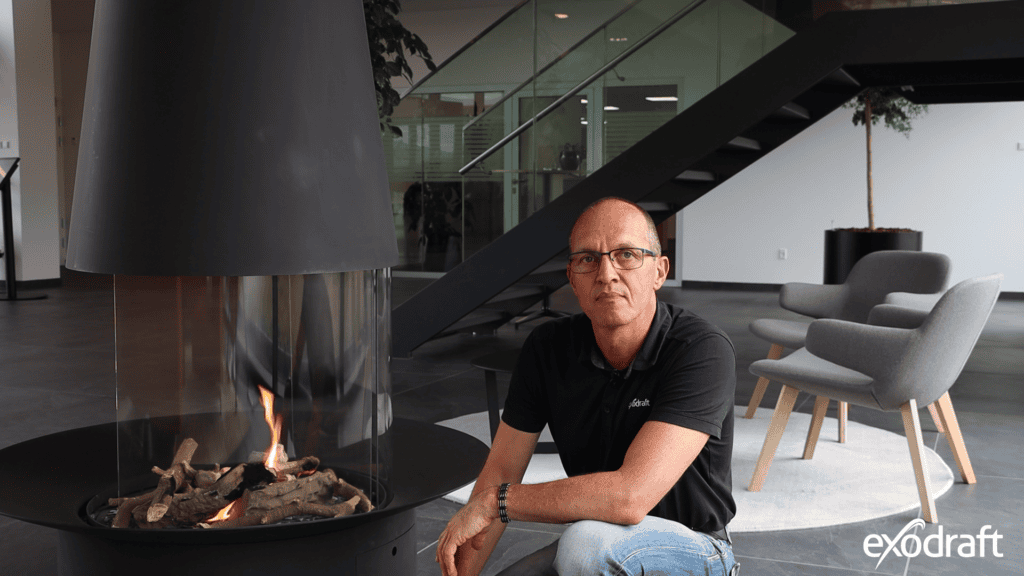
The Dangers of Burning Unsuitable Wood
Burning the wrong type of wood doesn’t just reduce efficiency—it can negatively impact air quality, damage your heating system, and increase safety risks. Below are the key dangers of using treated, wet, or resinous wood in a stove or fireplace.
Increased Emissions and Poor Indoor Air Quality
Burning treated or painted wood releases toxic chemicals into the air, which can:
- Irritate the lungs and respiratory system.
- Worsen conditions like asthma and allergies.
- Increase exposure to carcinogenic pollutants like dioxins and heavy metals.
Even burning wet wood contributes to higher levels of fine particles (PM2.5 and PM0.1), which are linked to cardiovascular and respiratory diseases.
Creosote Buildup and Higher Risk of Chimney Fires
When wood burns inefficiently — either due to high moisture content or excessive resin — it produces more creosote, a sticky, flammable substance that accumulates in chimneys. Over time, this can:
- Block the flue, restricting proper ventilation.
- Increase the risk of dangerous chimney fires.
- Require frequent and costly maintenance to remove buildup.
Damage to Stoves, Chimneys, and Flue Systems
Burning resinous softwoods or unseasoned logs can:
- Overheat stove components, leading to cracks and warping.
- Clog the chimney with tar-like deposits, reducing efficiency.
- Shorten the lifespan of both the stove and the flue system due to corrosion and excessive residue buildup.
To ensure a cleaner, safer, and more efficient wood-burning experience, it’s crucial to burn the right type of wood and maintain good ventilation.
How to Ensure Cleaner and Safer Wood Burning
Avoiding treated, wet, or resinous wood is the first step to cleaner burning, but modern technology and best practices can further reduce emissions and improve efficiency.
Use Properly Seasoned Hardwood for Low Emissions and High Efficiency
Hardwoods such as oak, ash, and beech burn hotter and produce less smoke and creosote than softwoods. To maximise efficiency and minimise pollution:
- Always burn seasoned firewood with a moisture content below 20%.
- Store wood in a dry, ventilated space to prevent moisture absorption.
- Use a moisture meter to check logs before burning.
Improve Draft and Combustion with a Chimney Fan
Poor chimney draft leads to incomplete combustion, increasing smoke, emissions, and the risk of carbon monoxide buildup. Installing a chimney fan can:
- Ensure stable airflow, improving combustion efficiency.
- Prevent smoke from entering the room, improving indoor air quality.
- Reduce creosote buildup, lowering maintenance needs and fire risks.
Install a Particle Filter to Reduce Harmful Emissions
Even when burning the right type of wood, fine and ultrafine particles are still released into the air. A particle filter can:
- Help meet stricter environmental regulations in urban areas.
- Reduce 95% of fine and ultrafine harmful particles, significantly improving air quality.
Choosing the Right Wood for Safe and Efficient Burning
The type of wood you burn plays a critical role in air quality, stove performance, and safety. Burning treated, wet, or resinous wood leads to excessive smoke, toxic emissions, and creosote buildup, increasing the risk of chimney fires and long-term health effects.
By making informed fuel choices and investing in modern wood-burning technology, it is possible to enjoy the warmth of a wood stove while minimising emissions and safety risks.
Find more out about your options
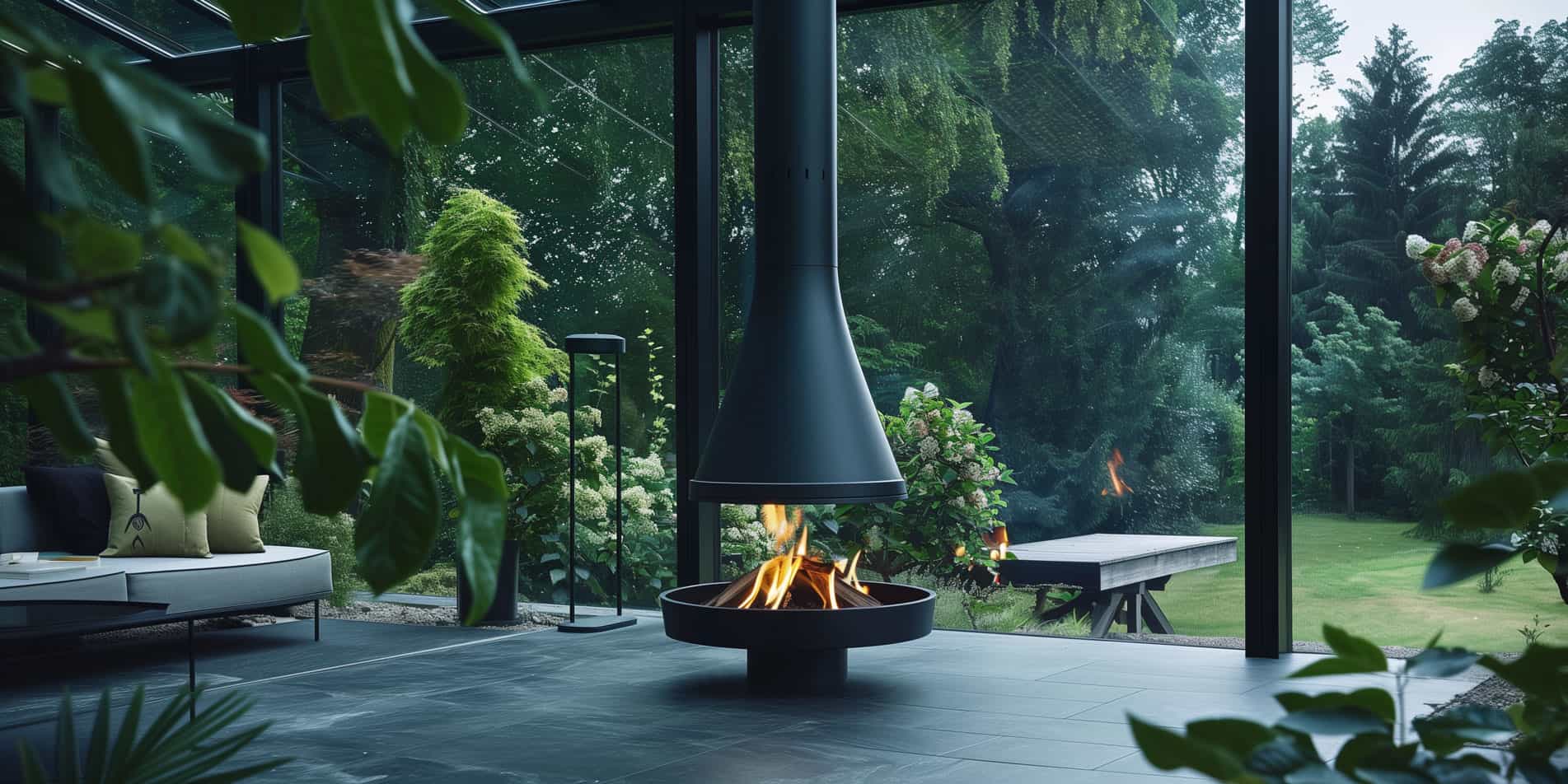
exodraft
